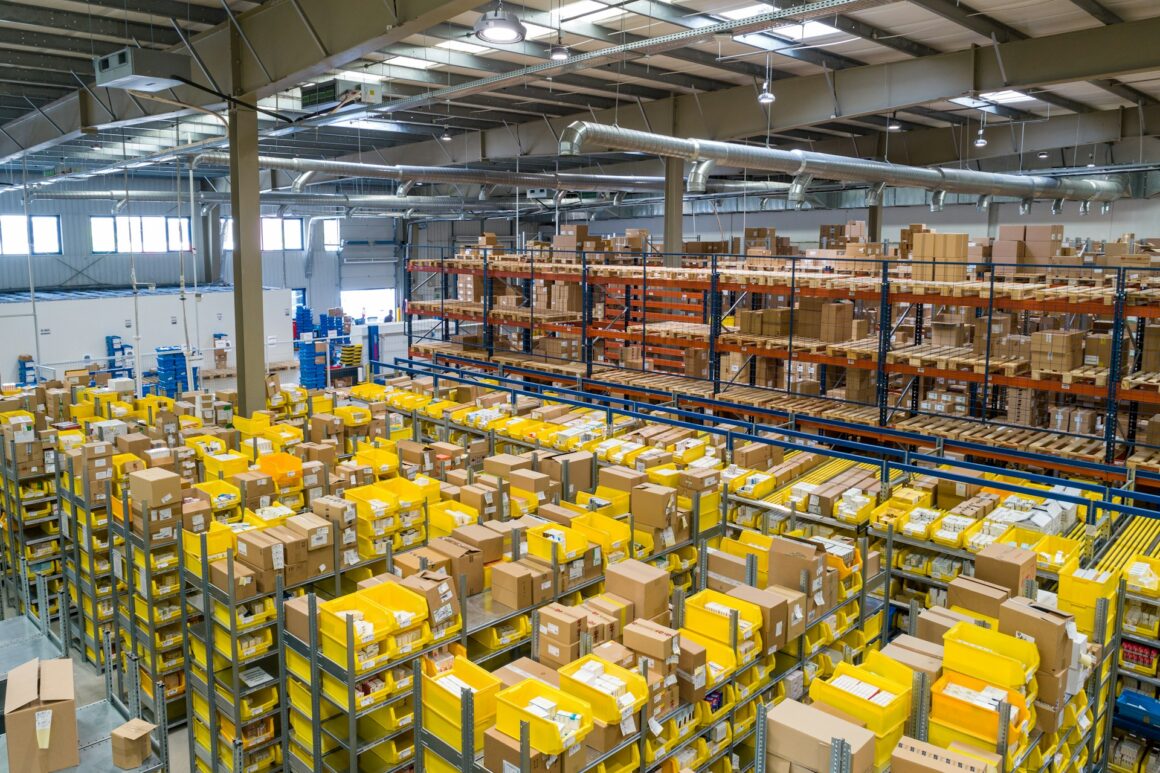Selecting the right warehouse location is a critical decision for your business, as it can significantly impact efficiency and cost-effectiveness. A strategically placed warehouse improves distribution networks by allowing faster deliveries and reducing freight costs. Moreover, in the contemporary business landscape where e-commerce and direct-to-consumer deliveries are on the rise, partnering with an adept fulfilment centre such as the Ops Engine fulfilment centre can be an invaluable asset to your operations, offering dynamic services that extend beyond simple storage solutions.
Before committing to a warehouse space, consider the proximity to major transport networks, which is essential for timely and cost-efficient shipping. Infrastructure such as highways, railroads, and airports should be easily accessible to facilitate both inbound and outbound logistics. Additionally, it’s important to consider labor costs and availability in the area. A location with a skilled workforce can lead to more effective warehouse operations and, in turn, increased productivity.
Environmental factors should also weigh in on your decision. Locations exposed to severe weather conditions or natural disasters may pose risks, potentially disrupting supply chains and impacting your business continuity. It’s essential to assess these risks thoroughly to ensure that your chosen warehouse location will support, rather than hinder, your strategic goals and continuity of operations.
Table of Contents
ToggleStrategic Considerations
When you’re deciding on a warehouse location, strategic considerations form the cornerstone of a successful logistics operation. You need to assess the ease of receiving supplies, reaching customers, and utilizing transport networks. Additionally, factors such as local labor availability, regulatory environment, and potential risks like natural disasters should also be taken into account to ensure the long-term viability and resilience of your operation.
Proximity to Supply Sources
If your warehouse is close to your manufacturers or suppliers, you’ll benefit from reduced inbound transportation costs and shorter lead times. An optimized inventory turnaround hinges on manageable distances from these critical points, paving the way for just-in-time inventory practices. Moreover, being in close proximity to suppliers facilitates effective communication and collaboration, enabling agile responses to changes in demand or production schedules.
Access to Markets
Your customers’ satisfaction can be significantly influenced by how promptly you can deliver your goods. Factoring in the warehouse’s proximity to key markets ensures you can offer swift delivery services, thereby improving customer experience and loyalty.

A strategically positioned warehouse can cover a vast majority of your market, often enabling delivery within two-day ground shipping standards. Additionally, being close to major population centers or industrial hubs can provide opportunities for expanding market reach and accessing new customer segments.
Transportation Infrastructure
A comprehensive analysis of available transportation infrastructure is non-negotiable. You should look for locations that offer robust road, rail, air, and sea connections. Efficient transport linkages lead to reduced shipping times and costs, critical for ensuring your products move swiftly through the supply chain. Furthermore, considering future infrastructure developments and potential bottlenecks is essential for long-term planning and controlling operational risks associated with transportation disruptions.
Operational and Economic Factors
When you consider where to locate your warehouse, operational and economic factors play a key role. These touch on the direct costs and logistical implications of running a warehouse, which will significantly influence your business’s scalability and profitability.
Labour Availability and Costs
The availability and cost of labor in your chosen location will directly impact your operational efficiency. Warehouse operational costs are often significantly influenced by the local workforce. You need to ensure that there is a sufficient supply of skilled workers. Higher labor costs might be balanced by a more productive workforce or by proximity to consumer markets, which would lead to reduced last-mile delivery costs.
Warehousing Costs
Cost considerations for your warehouse include the price of leasing or purchasing property, utilities, taxes, and insurance. Strategic warehouse placement can reduce long-term overheads. For instance, locations with lower property costs might increase transportation expenses if they’re remote from your customer base or supply chains.
Expansibility and Flexibility
Your chosen warehouse location should offer expansibility and flexibility to accommodate growth. This factors in the availability of additional space or the ability to modify the current space to fit changing needs.

Long-term planning is crucial, as moving or extensively modifying a warehouse can be both expensive and disruptive to operations.
Conclusion
Selecting the right warehouse location is a strategic decision that impacts operational efficiency and customer satisfaction. Your considerations should encompass customer locations to reduce delivery times, local labor availability to ensure a responsive workforce, and infrastructure compatibility for transport and distribution. By meticulously examining all these factors, you can establish a warehouse that supports your business’s growth and operational goals.



